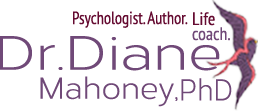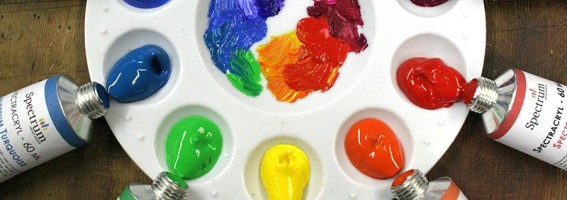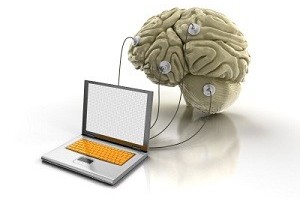As a part time resident of beautiful, swampy, low country on an island in South Carolina, I have frequent encounters with alligators. During my daily dog walk I pass by two ponds inhabited by these creatures, and they are frequently found sunning themselves on the bank of the pond about 20 feet from me and my dog as I pass by on the leisure path. Some days they are even closer, and for safety, I am forced to trod through the brush in order to maintain a safe distance. Because of their nearby habitation, I have educated myself in alligator behavior. The most interesting aspect of alligators, however, is how we humans are like them. Through evolution, the oldest portion of our human brain, the amygdala, has been passed down to us from our reptilian ancestors. So the bottom line is, what is the effect of the amygdala? How many people actually understand the influence of our reptilian brain? I was just wondering………
Alligators enjoy a fairly uncomplicated existence. They slip into a pond and swim around when they want to cool off, they bask in the sun on a bank when they want to warm up, they breed at a certain time of year, and they eat, with a plentiful food supply. They do not think because they do not have consciousness. They react. They follow ritualistic patterns of behavior. They are instinctive and they are neurologically wired to fight or to flee. Because they are territorial, if another alligator comes into their space, they make a signal that shows the intruder that he is noticed. If this does not effectively remove the intruder, then a hissing sound may emerge or the alligator may plump himself up in a menacing manner. This is the brain that we have inherited. And this part of our brain remains very active within us to this day. The amygdala is the part of our brain that causes us to react without thinking. It is the part that causes us to fight or to flee. It is our amygdala that causes us to feel threatened and to feel the need to protect ourselves and what we perceive as our territory. In short, while the amygdala does still serve a protective fight or flight purpose, it is the ancient part of the human brain that causes most of our problems today.
When we are faced with a true threat, such as a robbery, a fire, a tornado, or physical harm, our reptilian brains remain a useful asset. But unfortunately, we have learned to become reactive about perceived emotional insults, and this sets in motion the same kind of reptilian responses, such as hissing, puffing up, and other threatening behaviors. We have also taken the territorial protectiveness aspect to a new level, so that we react with hate crimes based on our differences. We have expanded the concept of threat to include things that are only emotional, not physical threats to our being. When we react to emotional threats in the same way we would deal with a physical threat to our lives, we actually create problems. We have learned to perceive a dirty look or a snub or a smart remark as an act of violence. And then we respond with the same reptilian response as an alligator, with a fight! Perhaps in a way they are smarter than we are. Their battles are limited to survival, while ours are often over insults!
So, what can we do about our amygdala brain? How do we stop its control over our behavior? The good news is, that unlike the alligator, we have consciousness! Consciousness is the beautiful aspect of humanness that separates us from all other animals. Consciousness allows us choices. In fact, we do not have to react as the alligator. When not under immediate threat, we can learn to pause to better assess our situation. We can evaluate the various responses that may be available to us before we chose to react. We can actually decide whether or not a nasty remark is really worth doing battle over. We can choose to ignore a snub. We can honor and appreciate our cultural differences instead of fearing that someone different from us is encroaching on our territory to cause us harm. We can rejoice in all of our glorious manifestations of humanity and learn from one another rather than to fear that which is different.
Our reptilian ancestors can teach is a great deal. The scary alligator is a good lesson on how not to be scary humans. Our consciousness allows us to appreciate the beauty of our world, while the alligator just goes through the motions, day after day after day. Is that how you want to spend your life, going through the motions day after day after day, without thinking? Without choosing how you really want to behave? Do you actually want to be human or are you content to be ruled by your reptilian brain, the amygdala? I was just wondering………..










